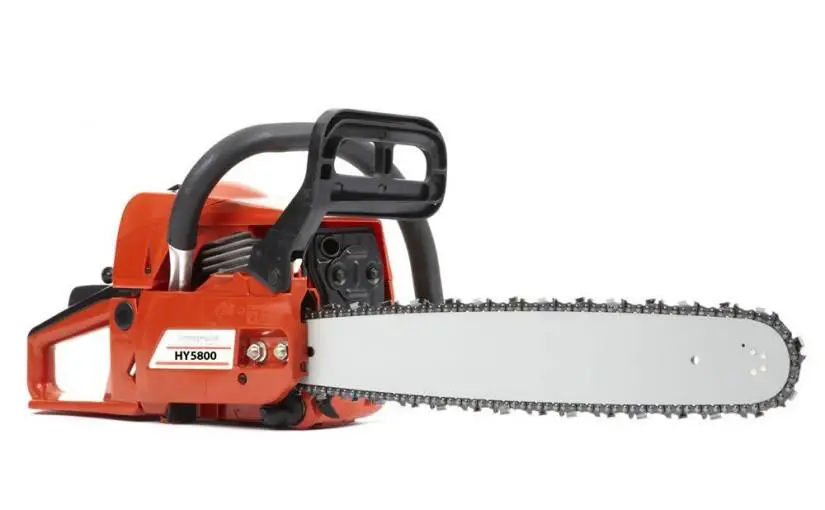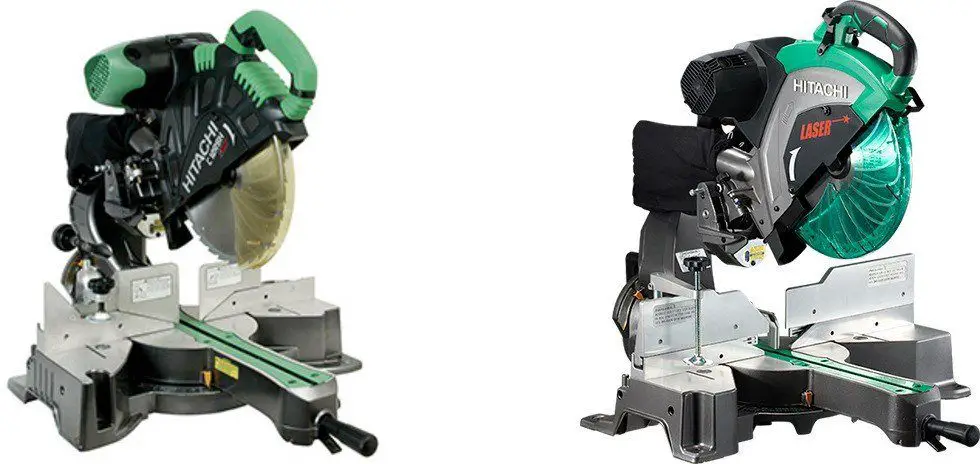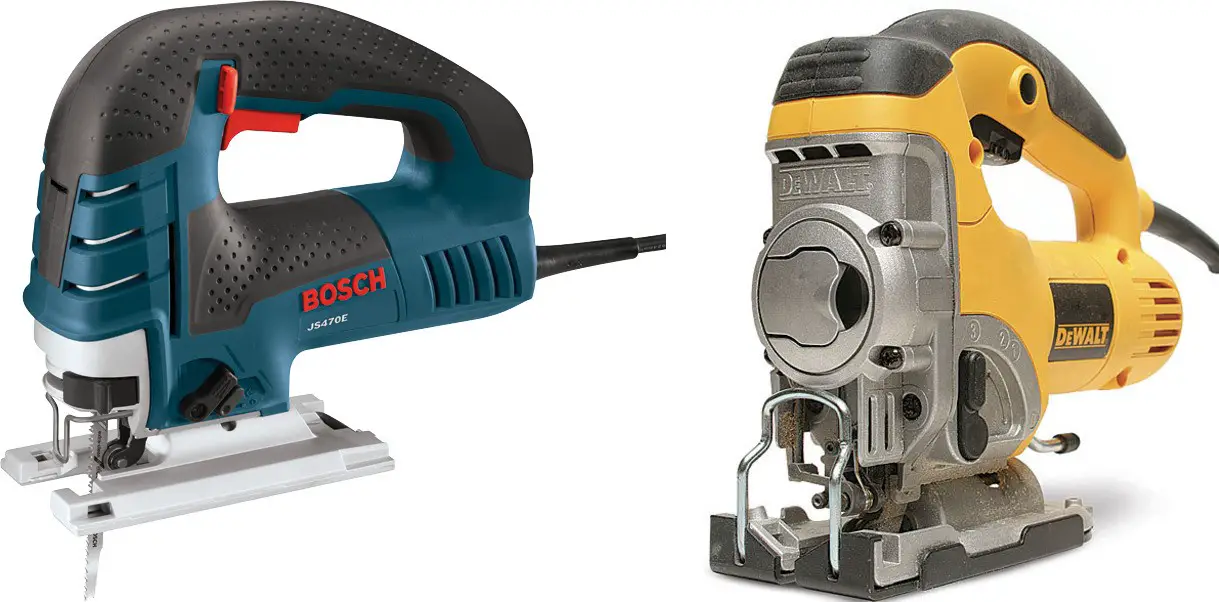Saws
Which Saws Work Best for Ripping Dense Material?
There are a myriad of options when it comes to saws.
But which saws work best for ripping dense material? Regrettably, the more the choices available, the more complicated the process of finding the best ones. So, I hope that as you read this article, you’ll be able to eliminate any confusion surrounding the best saws for ripping dense material.
While ripping sounds like a complicated and immersive procedure, it is quite simple. That being said, here are my recommendations for the best saws for ripping dense material:
Western Rip Saw
If you’ve been a woodworker for as long as I have, this was probably your first guess. Regarding ripping, the larger and rougher the tool, the better your experience. This beast will cut through the lumber at a decent rate, yet burnout will occur swiftly. I’d even go as far as saying that it is one of the easiest to sharpen.
Oftentimes, a short backless tool will be more effortless and efficient for your projects than a saw that is entirely dedicated, and you can go for a hardpoint saw if you want a more affordable option.
Overview
I’ve incorporated this brief overview for those who don’t know a Western rip saw. This is a versatile and effective tool used to make accurate cuts on lumber. When choosing the blade, go for one with teeth that are explicitly designed to create rip cuts.
Similarly, the blade ought to feature numerous teeth per inch, with huge teeth or teeth that are spaced apart, to establish straight cuts across the grain of the wood. Here are a few main features of this rip saw:
Ergonomic Handle
For comfy handling when cutting through dense material
Sharp Blades
Easily controllable, accurate cutting.
Lightweight Build
It is ideal for easy adjustability in tight places.
Hardpoint Saw
This is an affordable and efficient option for making rip cuts. I used a 22-inch length hardpoint saw, and it made thick rips effortlessly.
What makes this hardpoint saw stand out is that it is perfect for making rip cuts. Prevalently, if you can afford a new re-sharpenable best woodworking tool or have the time to sharpen an old one, I won’t discourage you.
However, keep in mind that you will have to learn how to sharpen and make rip cuts if you are a beginner.
Besides, skills like fettling include a long learning curve.
Types of Hardpoint Saws
Handsaw
Hardpoint saws come in different styles, all of which make supremely accurate cuts with unmatched ease. Opt for a saw with increased TPI count if you’re working with thin material like sheets and plywood.
On the other hand, when working with dense material, go for a saw featuring fewer teeth per inch.
Tenon Saw
The tenon saw makes cuts by being pushed. Moreover, to avoid buckling, they sport a reinforced blade on the rear section and a robust steel spine. They are mostly built for finer tasks and are frequently utilized in tandem with a bench hook for cutting across the wood’s grain.
Toolbox Saw
These types of handsaws are particularly constructed to comfortably fit in your toolbox. For this reason, they are commonly used in work sites. They feature a universal tooth shape, can be stored easily, have usable length, and have a comfy soft-grip handle.
Japanese Pull Saw
The other type of saw you can use to rip dense material is the Japanese Saw.
Compared to the western rip saws, these are somewhat thin and almost half their length. Besides, they make cuts very fast. On the other hand, they make cuts much slower on thicker materials.
Most of the time, using a Western rip saw feels like pushing through a cut using a heavy, slow power tool, while a Japanese saw is more focused on finding the correct rhythm. Making cuts using either of these can bring forth excellent results, but the latter is easier to use.
Overview
Telling apart the different Japanese rip saws is vital, as you will be able to determine which one’s best for you.
They come in two major types:
- Ryoba
- Dozuki
Dozuki saws are equipped with a thin blade and have fewer teeth per inch, letting them make very accurate cuts. On the other hand, Ryoba saws feature a drip edge on one side and a crosscut edge on the other. This allows them to make cross-cuts or cut along the wood’s grain based on the blade side you’re utilizing.
Therefore, the Dozuki Saw will come in handy if you do intricate works like dovetailing and carving, as it will offer you incredible control over the material. However, because you are looking for a saw that can cut through thick materials, the Ryoba saw is the most suitable option because it features more TPI than the Dozuki saw.
Frame Saws
The last type of saw I recommend for ripping dense material is the frame saw.
While these types of saws are not common, compared to the others I’ve mentioned here, they are good. Frame saws are an excellent alternative to bandsaws, and the market is flooded with a wide range of blades with various teeth patterns, so you can choose accordingly.
I recommend the blade with a Japanese tooth outline for ripping dense material.
Overview
Frame saws are versatile enough to be used for a broad scope of tasks, including crosscutting, making shapes in the board, cutting curves, and rip sawing. Cross-cutting merely means cutting across the wood’s grain. On the other hand, rip sawing involves making cuts along the wood’s grain.
Since the frame saw’s blade is easily releasable, you can make a pilot hole, detach one blade end, pass it via the pilot hole, and then connect the blade once more and make a wide range of cuts on your workpiece.
Prioritize Safety!
Now that you know which saws are best for ripping dense material, I recommend that you give safety precedence.
First, wear protective gear, including goggles. These will prevent eye injuries as a result of flying wooden chips and other debris. Next, invest in a pair of gloves, as they will help prevent any blisters when moving these saws back and forth to make various cuts.
That said, after going through this write-up, you can now effectively choose the type of saw you need based on your needs and personal preferences.
Why You Should Trust Us
At Woodworking Tool Guide, we know one size doesn’t fit all! We cater to every woodworker, from beginner to pro, with insights and recommendations tailored to your skill level, project needs, and budget. We take the guesswork out of choosing the right tools, whether you’re tackling your first crafting a masterpiece for the ages. So grab your chisel, join our community, and let’s build something amazing together!
Woodworking Tool Guide wasn’t just born, it sprouted from a seed of passion for the craft. What started as a joyful exploration blossomed into a trusted online haven for fellow enthusiasts like you. We pour our love into meticulously chosen review selections, meticulous hands-on testing, and lab-backed insights, all to empower you with reliable, comprehensive information you can build on. So, grab your tools, trust our guidance, and let’s build something beautiful together!
Passion-Driven Expertise
Our journey started with a shared love for woodworking. The team behind the Woodworking Tool Guide is comprised of individuals who are not just writers but passionate woodworkers themselves. This shared enthusiasm ensures that our content is crafted with a deep understanding of the craft and an authentic appreciation for quality tools.
Top Tool Guides Online
Woodworking Tool Guide has rapidly ascended to become one of the premier online destinations for tool guidance. Our commitment to excellence and the accuracy of our information has positioned us as a reliable source for both beginners and seasoned woodworkers seeking trustworthy advice on the best tools for their projects.
User-Centric Approach
Our content caters to every woodworker, from rookies just starting out to seasoned pros tackling intricate projects. We tailor our insights and recommendations to your skill level, project needs, and budget, ensuring you find the perfect tools to match your unique woodworking journey. So step into your workshop, grab your tool belt, and let Woodworking Tool Guide be your trusted companion as you craft your masterpieces.
Continuous Support and Innovation
Woodworking is an ever-evolving craft, and so is our commitment to supporting you. We are dedicated to bringing you the latest information on woodworking tools, techniques, and trends. Our team is actively working to expand our content and bring you more valuable insights, ensuring that you stay well-informed in your woodworking adventure.
Hands-On Experience
Ditch the endless research rabbit hole! At Woodworking Tool Guide, we believe in actionable advice, not armchair analysis. We get our hands dirty, putting every tool through its paces in real-world woodworking scenarios. Whether it’s the precision of a table saw, the versatility of a router, or the tactile satisfaction of a handplane, we test for performance, durability, and user-friendliness. No more sifting through dry specs – we deliver practical insights you can trust to transform your woodworking dreams into reality.
Woodworking Tool Guide isn’t just a review site, it’s your trusted companion on the sawdust-filled path to woodworking mastery. Our expert team, led by veteran David Jones, meticulously tests and explains tools in terms you understand. We cut through the jargon, bias, and confusion with real-world insights and honest evaluations. Join our passionate community, where decades of experience, cutting-edge knowledge, and shared love for the craft come together to guide you every step of the way. So grab your chisel, buckle up, and let’s embark on this exciting woodworking adventure, together!





